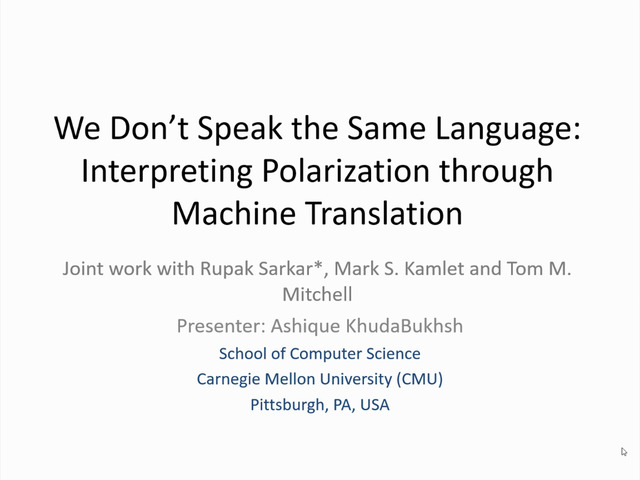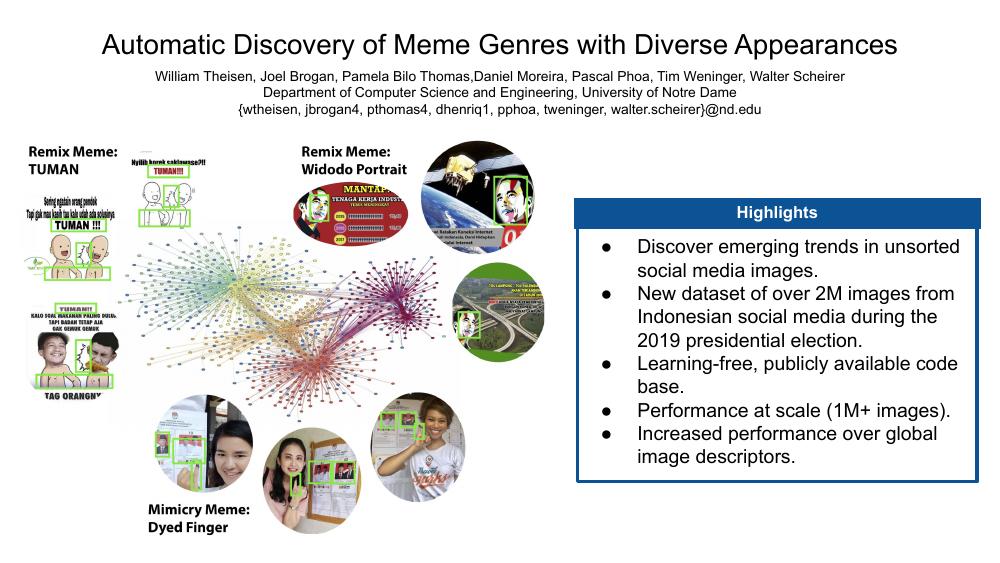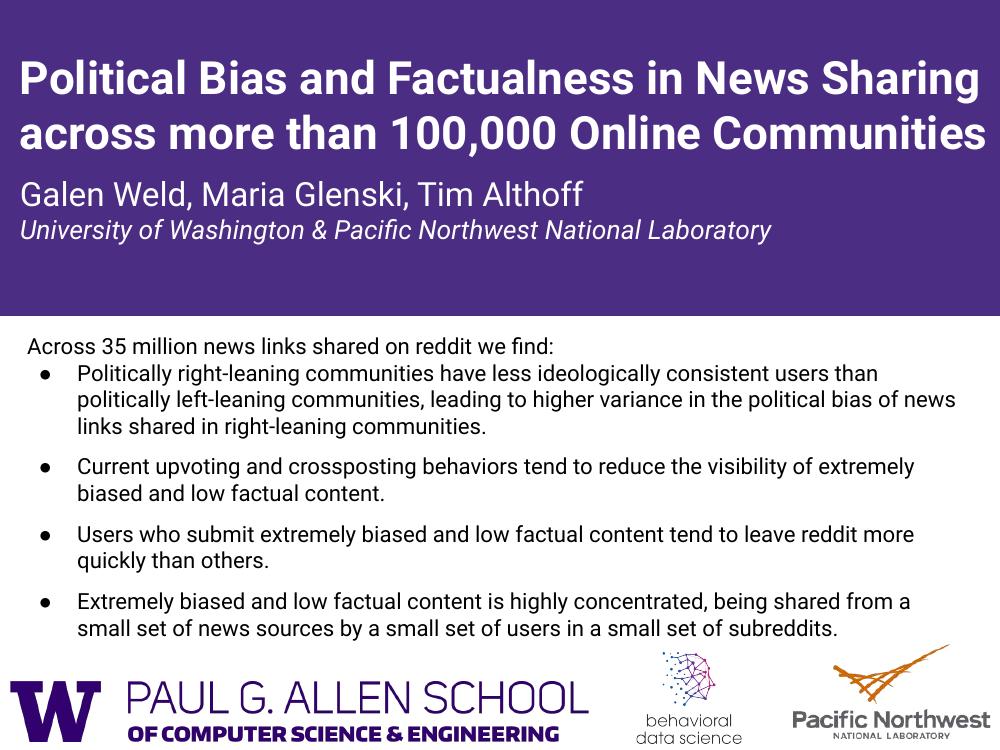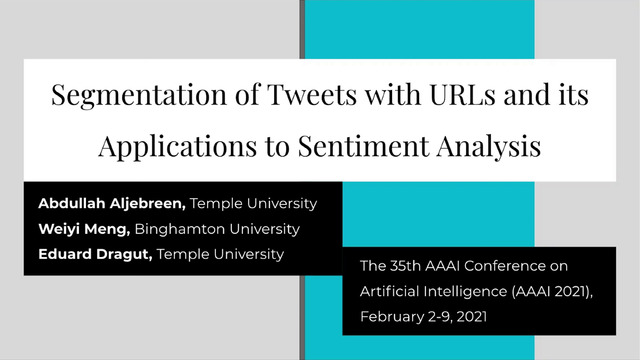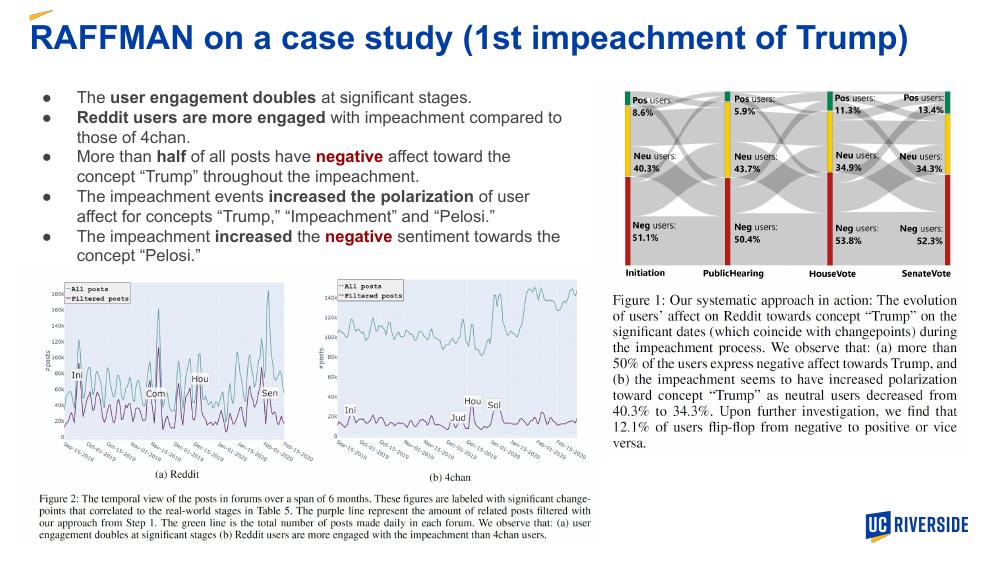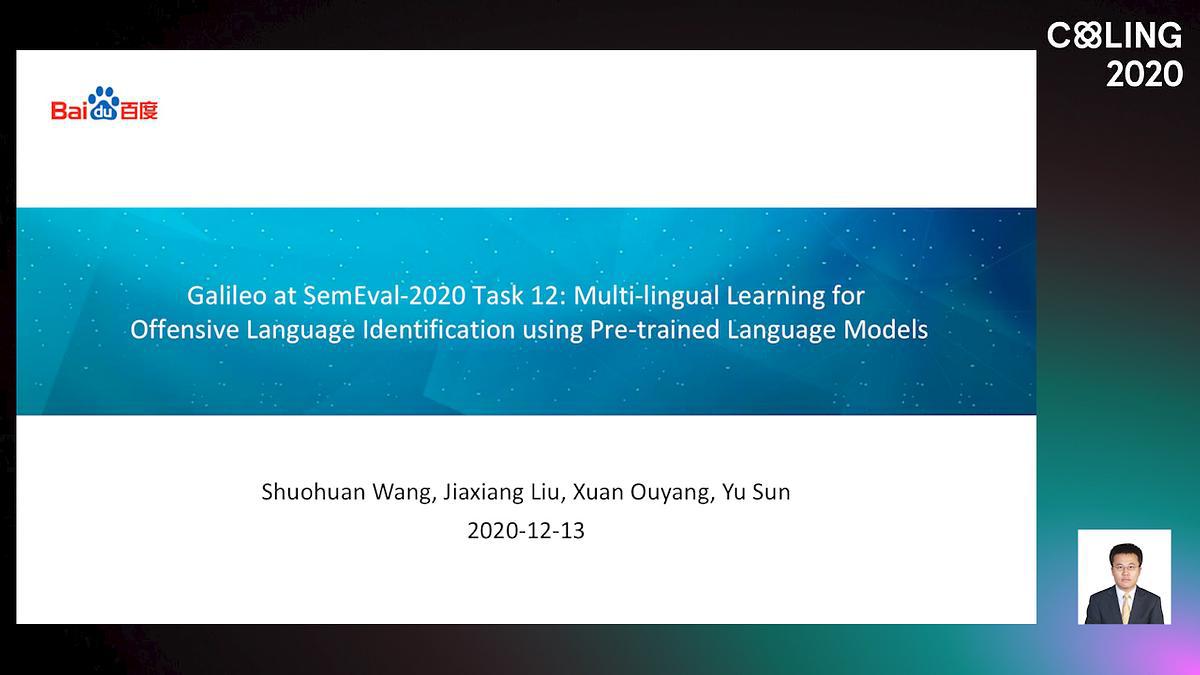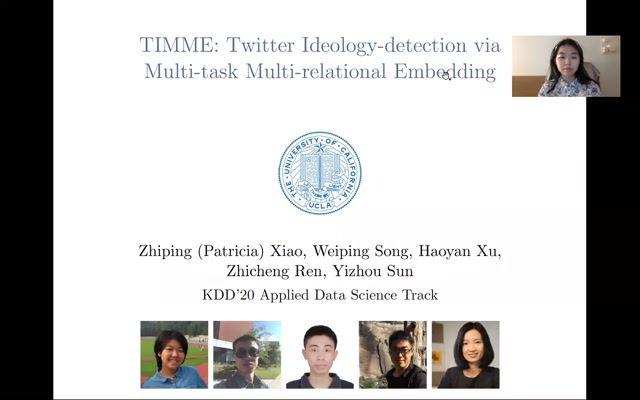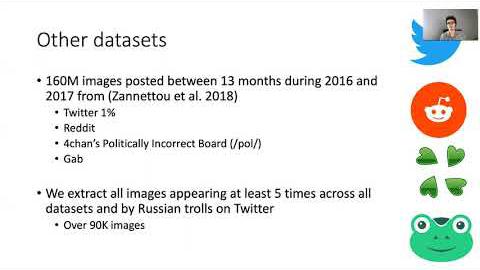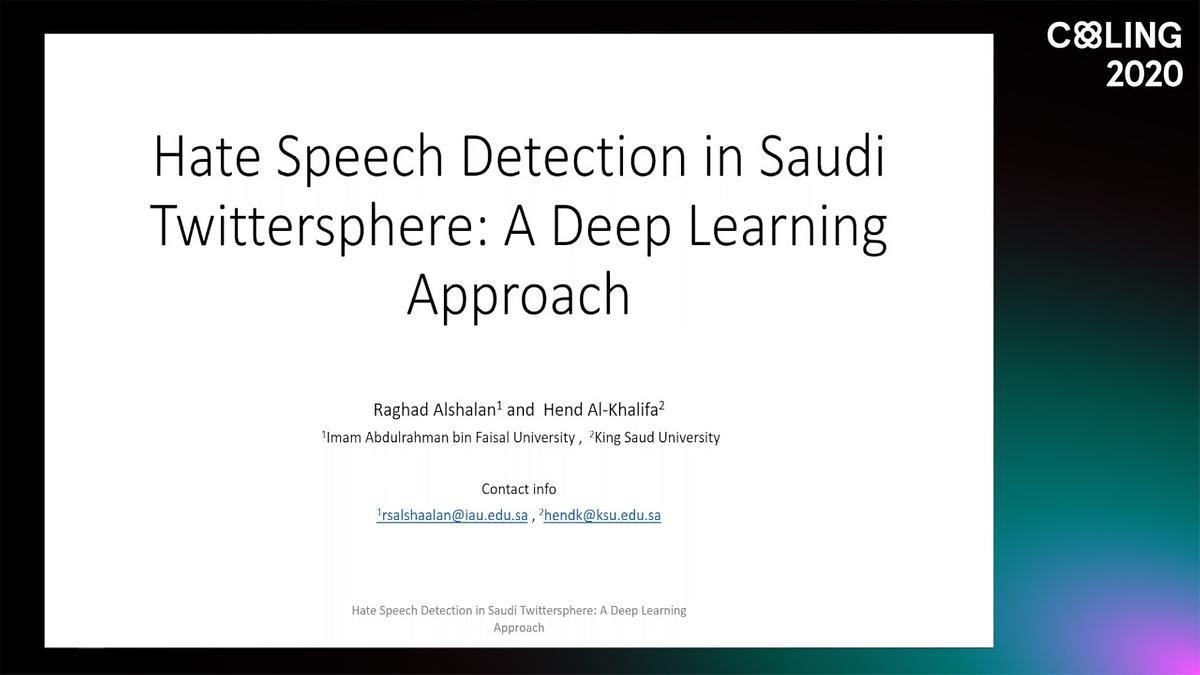Abstract:
Social media has been on the vanguard of political information diffusion in the 21st century. Most studies that look into disinformation, political influence and fake-news focus on mainstream social media platforms. This has inevitably made English an important factor in our current understanding of political activity on social media. As a result, there have been a very limited number of representative studies on a large section of the democratic world, including the largest, multilingual and multicultural democracy: India. In this paper we present our characterisation of a multilingual social network in India called ShareChat. We collect an exhaustive dataset across 72 weeks before and during the Indian general elections of 2019, across 14 languages. We investigate the cross lingual dynamics by clustering visually similar images together, and exploring how they move across language barriers. We find that Telugu, Malayalam, Tamil and Kannada languages tend to be dominant in soliciting political memes and images, and posts from Hindi (and images having text in English) have the largest cross-lingual diffusion across ShareChat. In the case of memes that cross language barriers, we see that language translation is used to widen the accessibility. That said, we find cases where the same image is associated with very different text (and therefore meanings). This initial characterisation paves the way for more advanced pipelines to understand the dynamics of fake and political content in a multi-lingual and non-textual setting.



